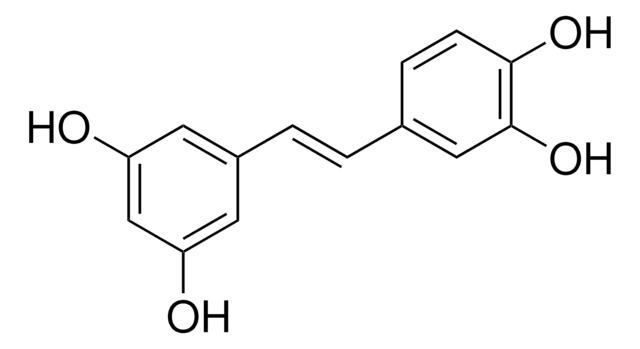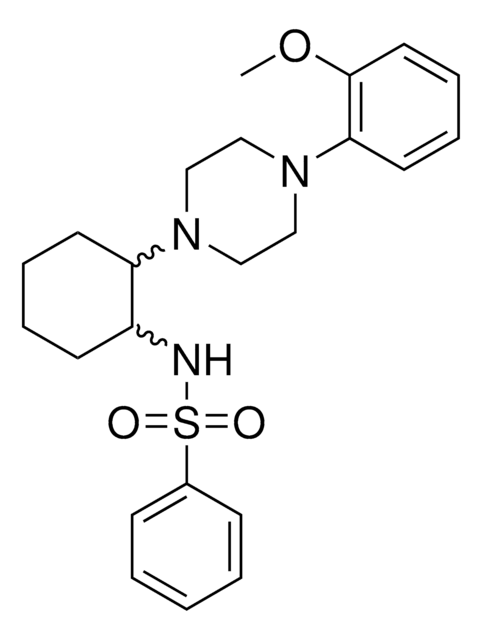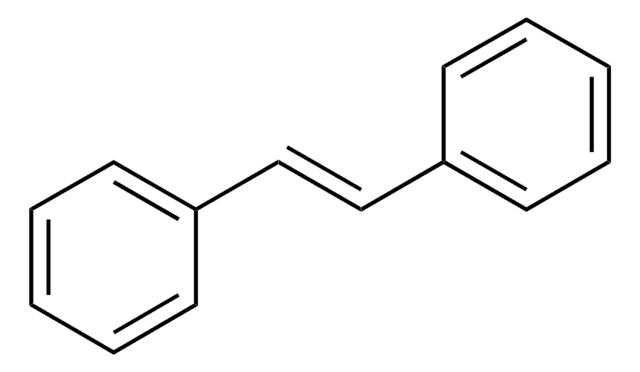SML0384
Eicosapentaenoyl ethanolamide
5 mg/mL in absolute ethanol, ≥98% (HPLC)
Sinônimo(s):
(5Z,8Z,11Z,14Z,17Z)-N-(2-Hydroxyethyl)-5,8,11,14,17-eicosapentaenamide, EPEA
About This Item
Produtos recomendados
Nível de qualidade
Ensaio
≥98% (HPLC)
Formulário
solution
controle de medicamentos
regulated under CDSA - not available from Sigma-Aldrich Canada
condição de armazenamento
protect from light
under inert gas
concentração
5 mg/mL in absolute ethanol
cor
light yellow
temperatura de armazenamento
−20°C
cadeia de caracteres SMILES
CC\C=C/C\C=C/C\C=C/C\C=C/C\C=C/CCCC(=O)NCCO
InChI
1S/C22H35NO2/c1-2-3-4-5-6-7-8-9-10-11-12-13-14-15-16-17-18-19-22(25)23-20-21-24/h3-4,6-7,9-10,12-13,15-16,24H,2,5,8,11,14,17-21H2,1H3,(H,23,25)/b4-3-,7-6-,10-9-,13-12-,16-15-
chave InChI
OVKKNJPJQKTXIT-JLNKQSITSA-N
Ações bioquímicas/fisiológicas
Outras notas
Código de classe de armazenamento
10 - Combustible liquids
Classe de risco de água (WGK)
WGK 3
Ponto de fulgor (°F)
Not applicable
Ponto de fulgor (°C)
Not applicable
Escolha uma das versões mais recentes:
Certificados de análise (COA)
Não está vendo a versão correta?
Se precisar de uma versão específica, você pode procurar um certificado específico pelo número do lote ou da remessa.
Já possui este produto?
Encontre a documentação dos produtos que você adquiriu recentemente na biblioteca de documentos.
Nossa equipe de cientistas tem experiência em todas as áreas de pesquisa, incluindo Life Sciences, ciência de materiais, síntese química, cromatografia, química analítica e muitas outras.
Entre em contato com a assistência técnica







